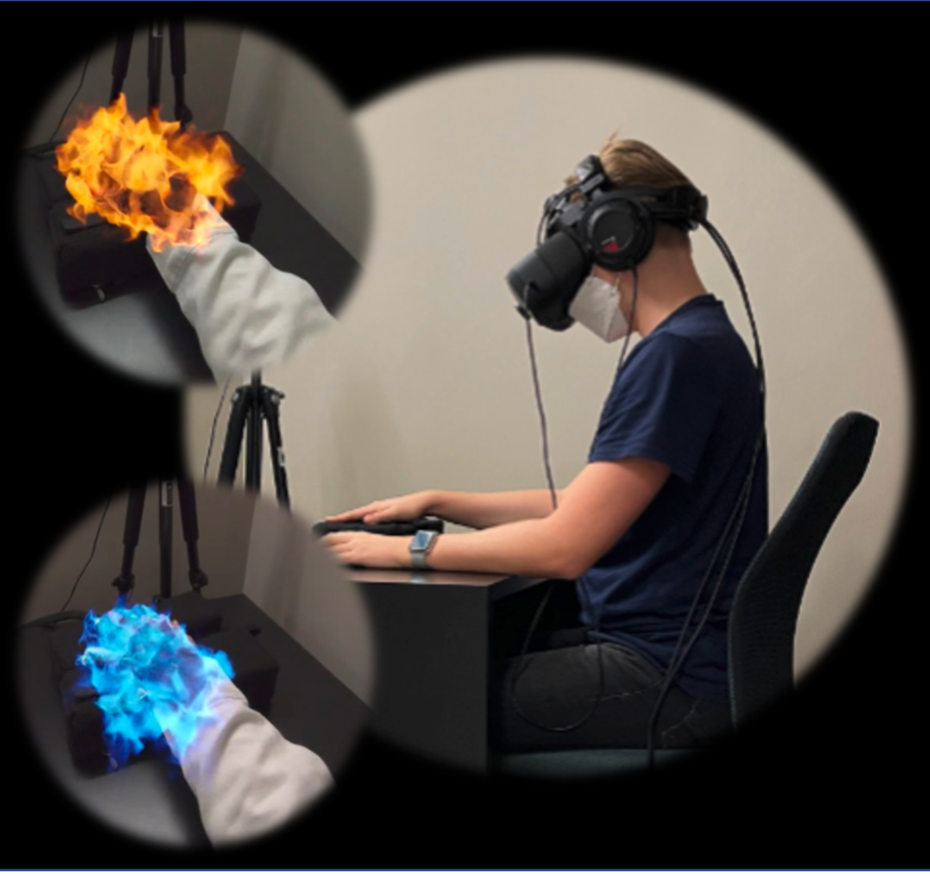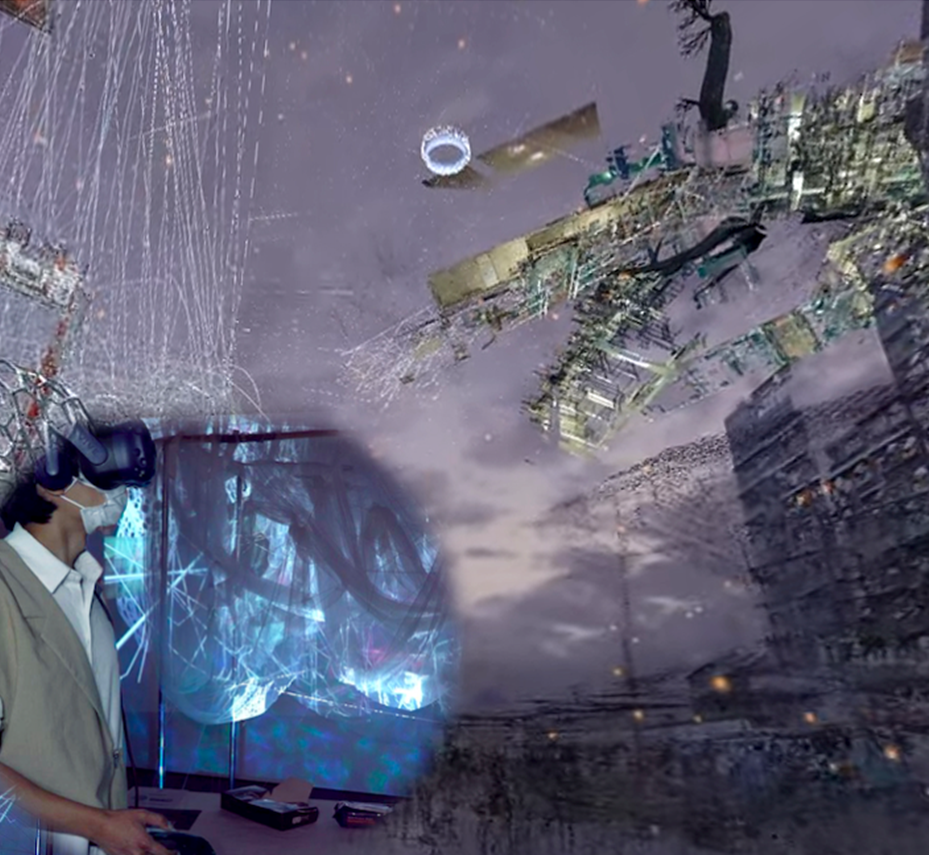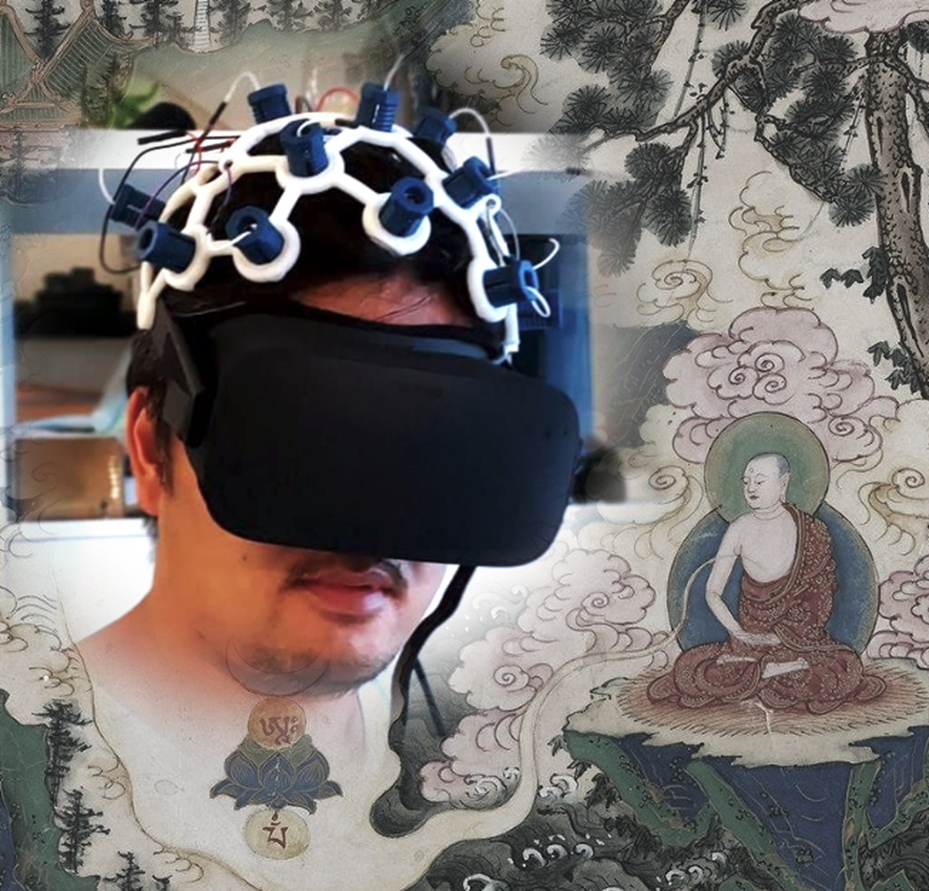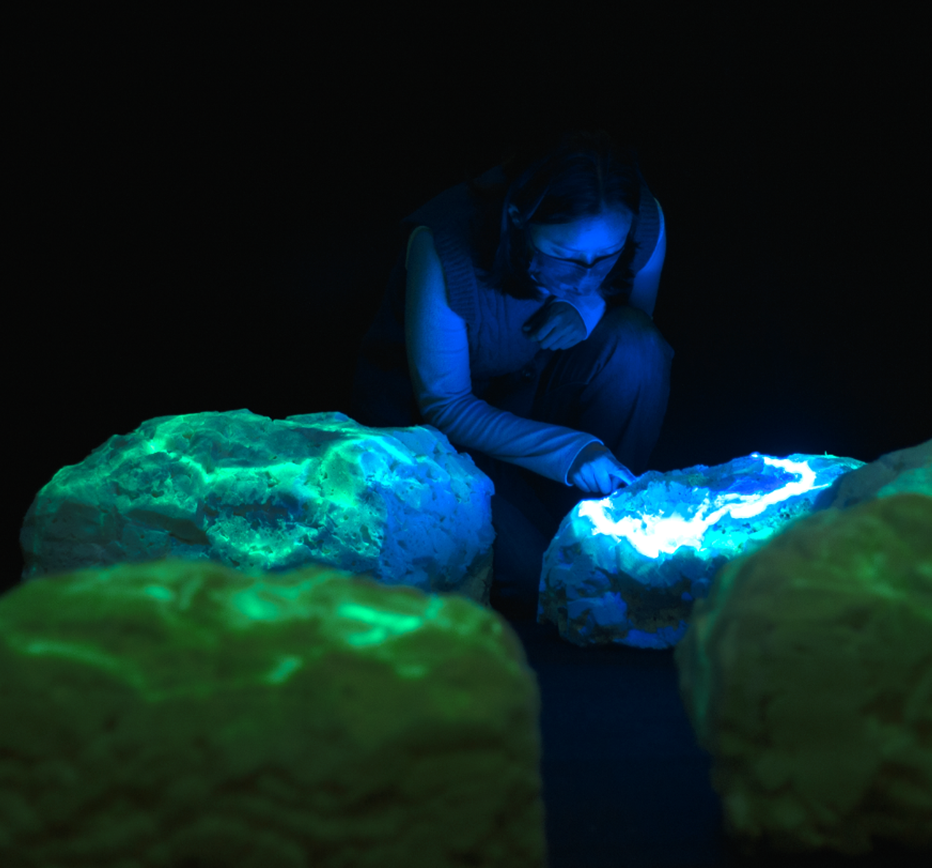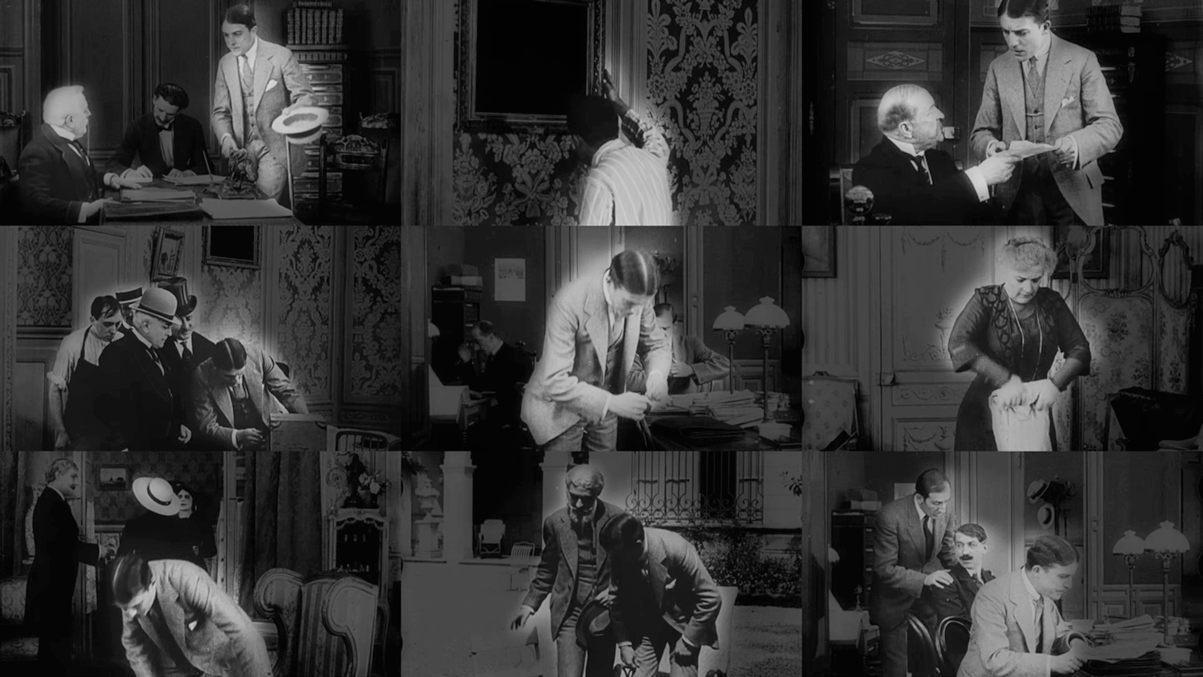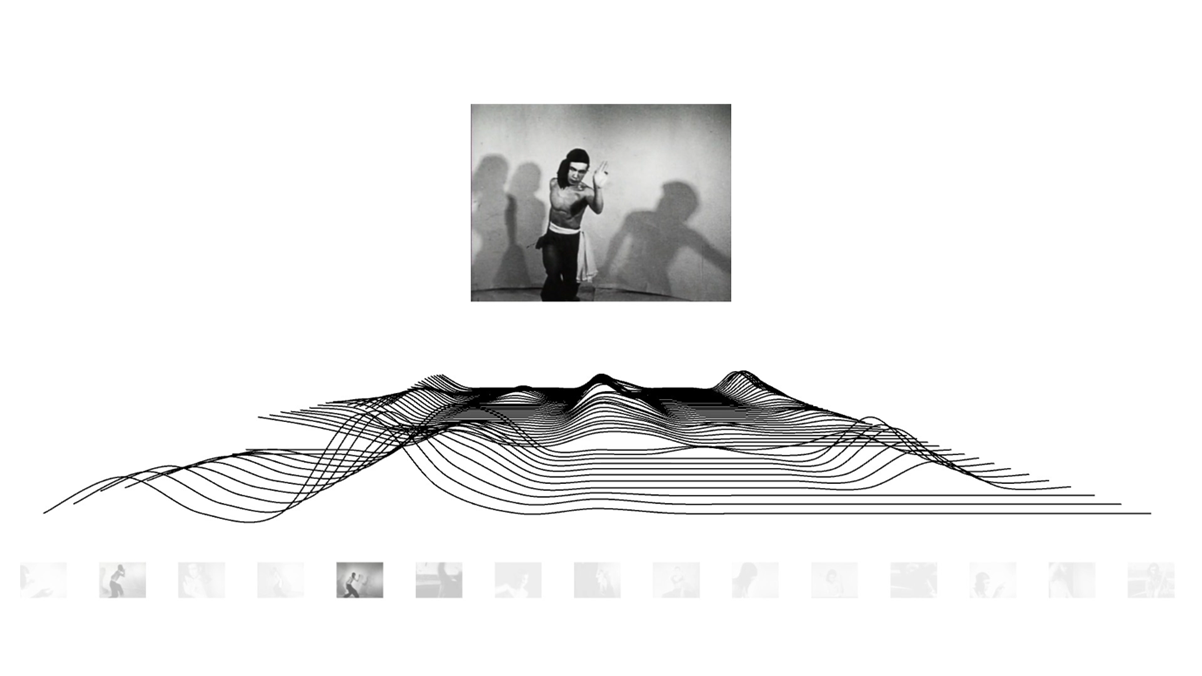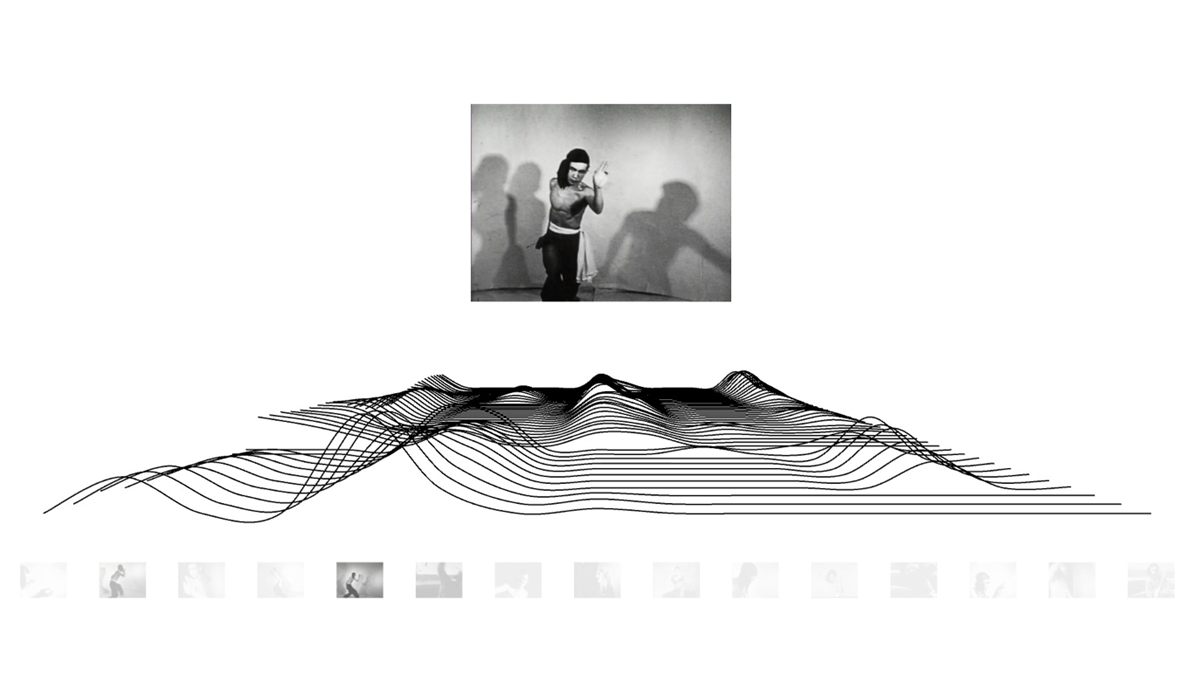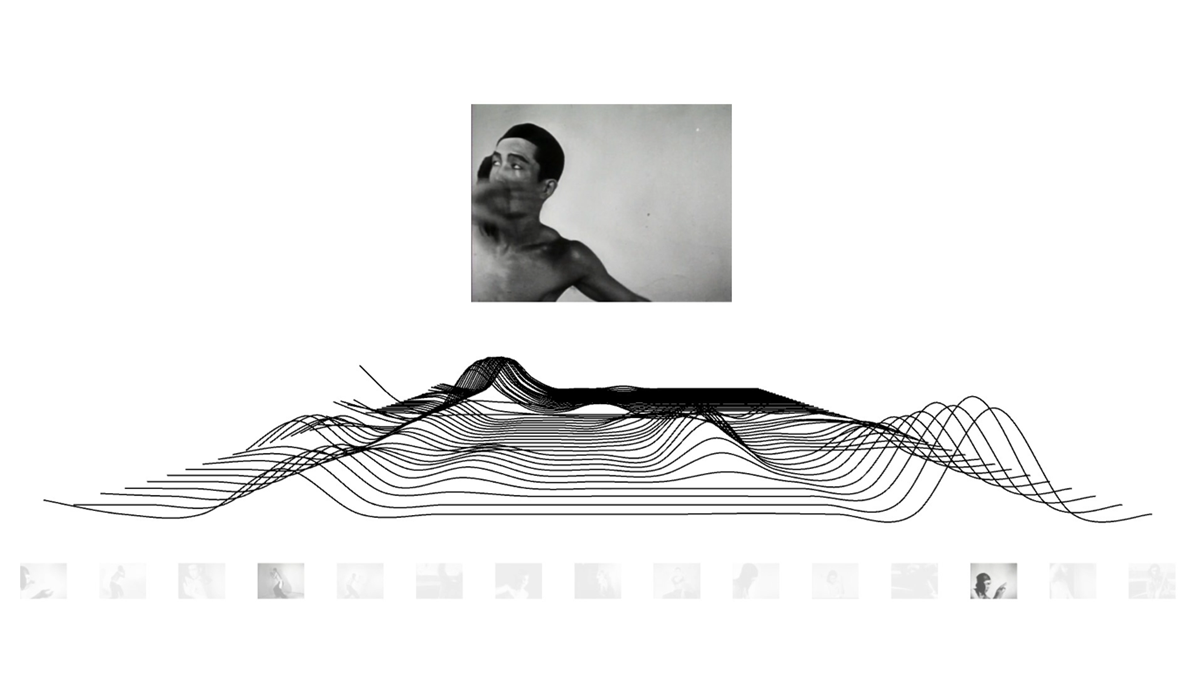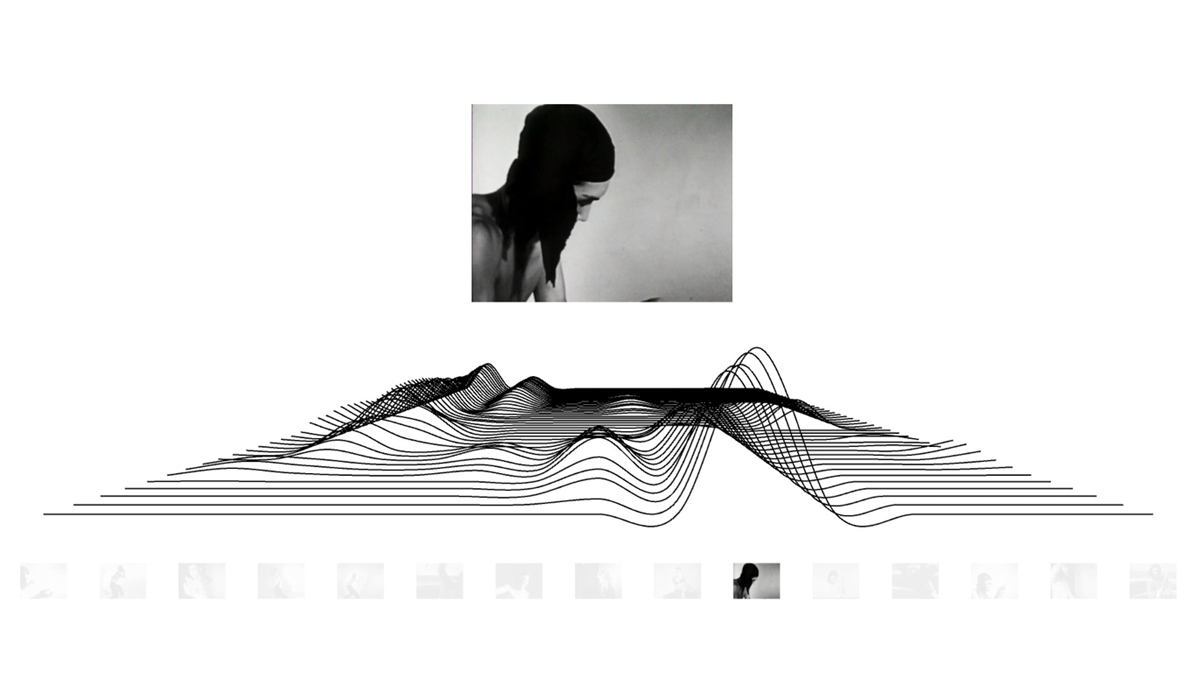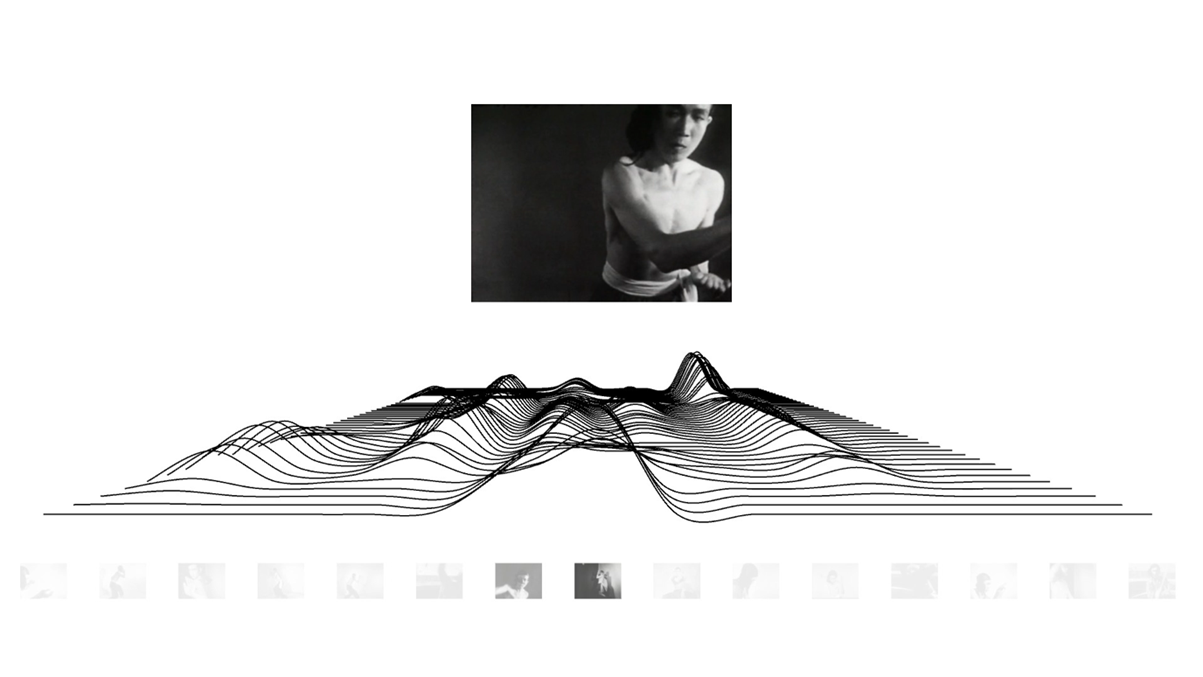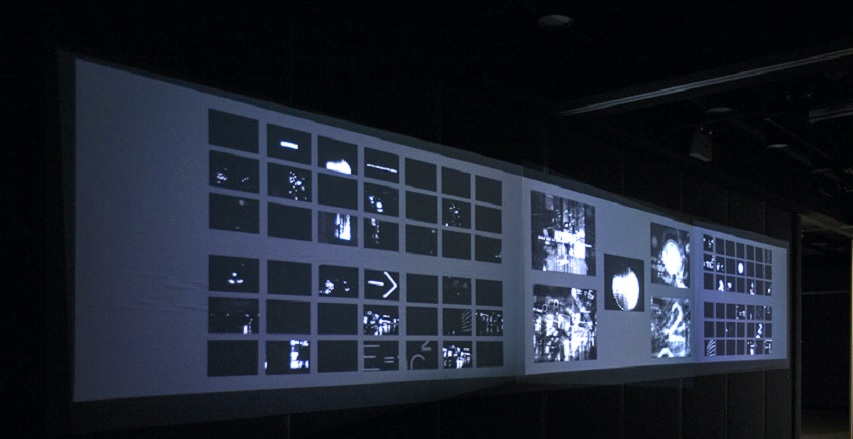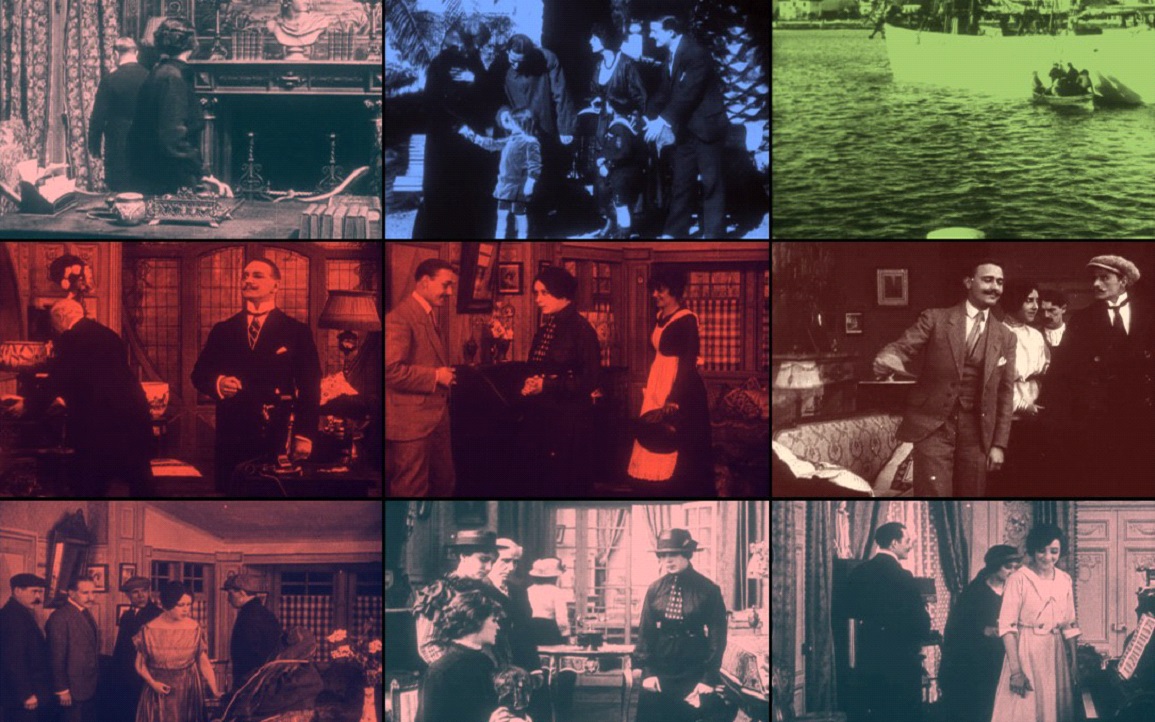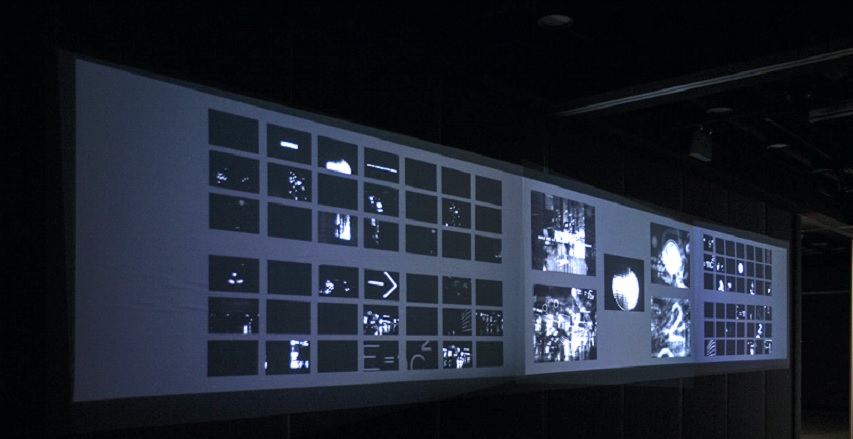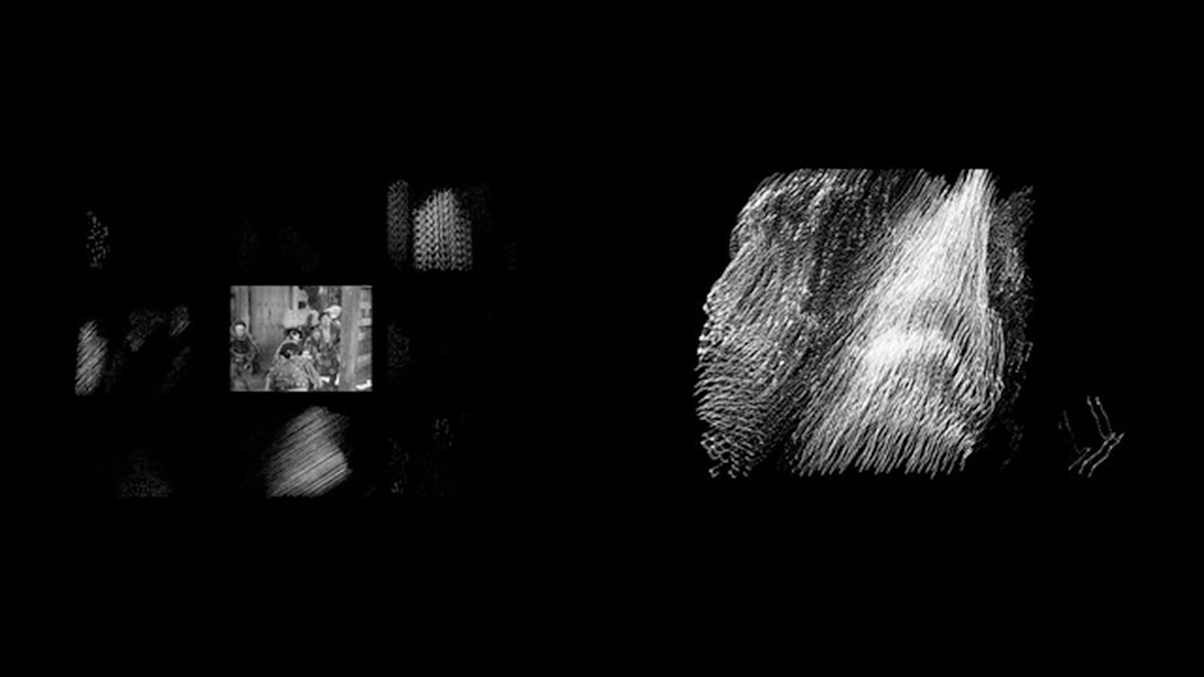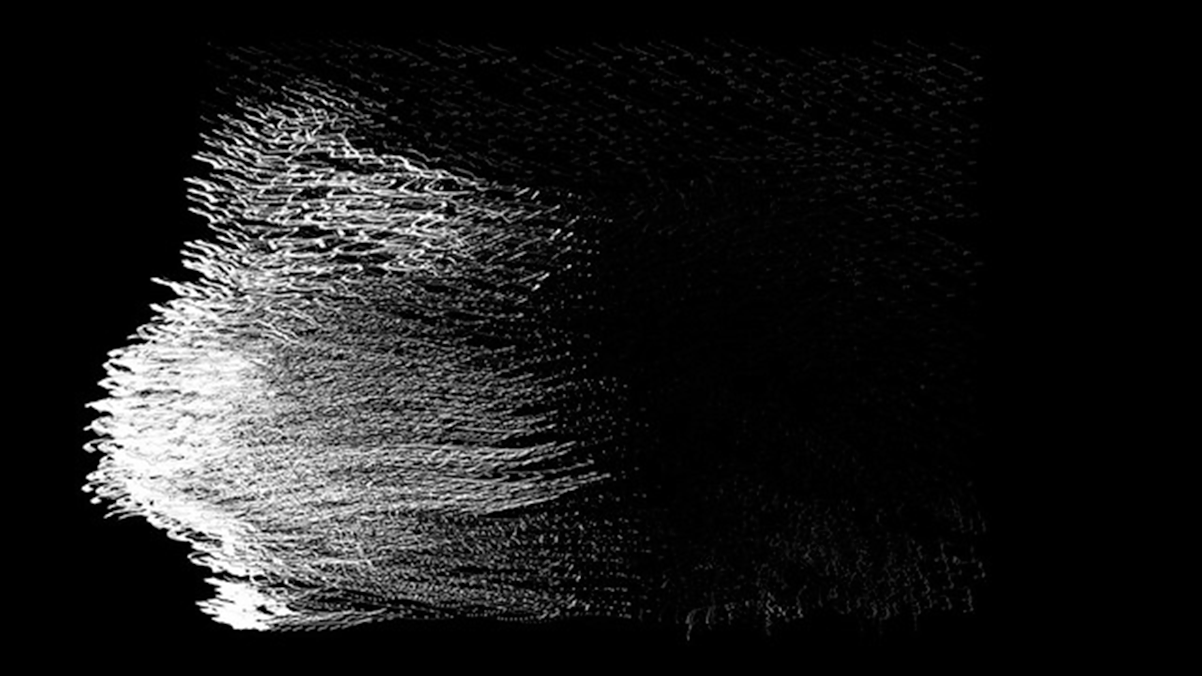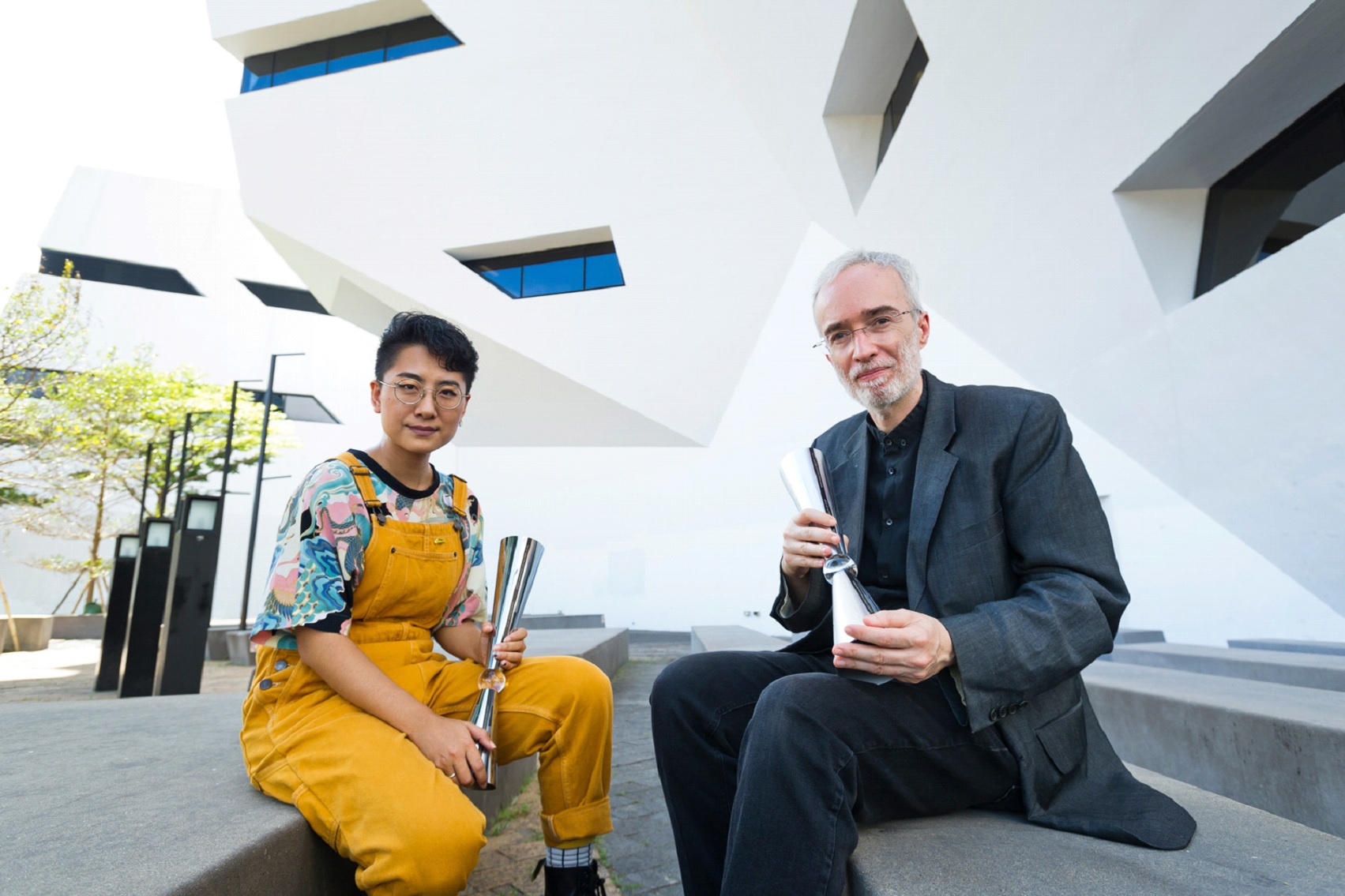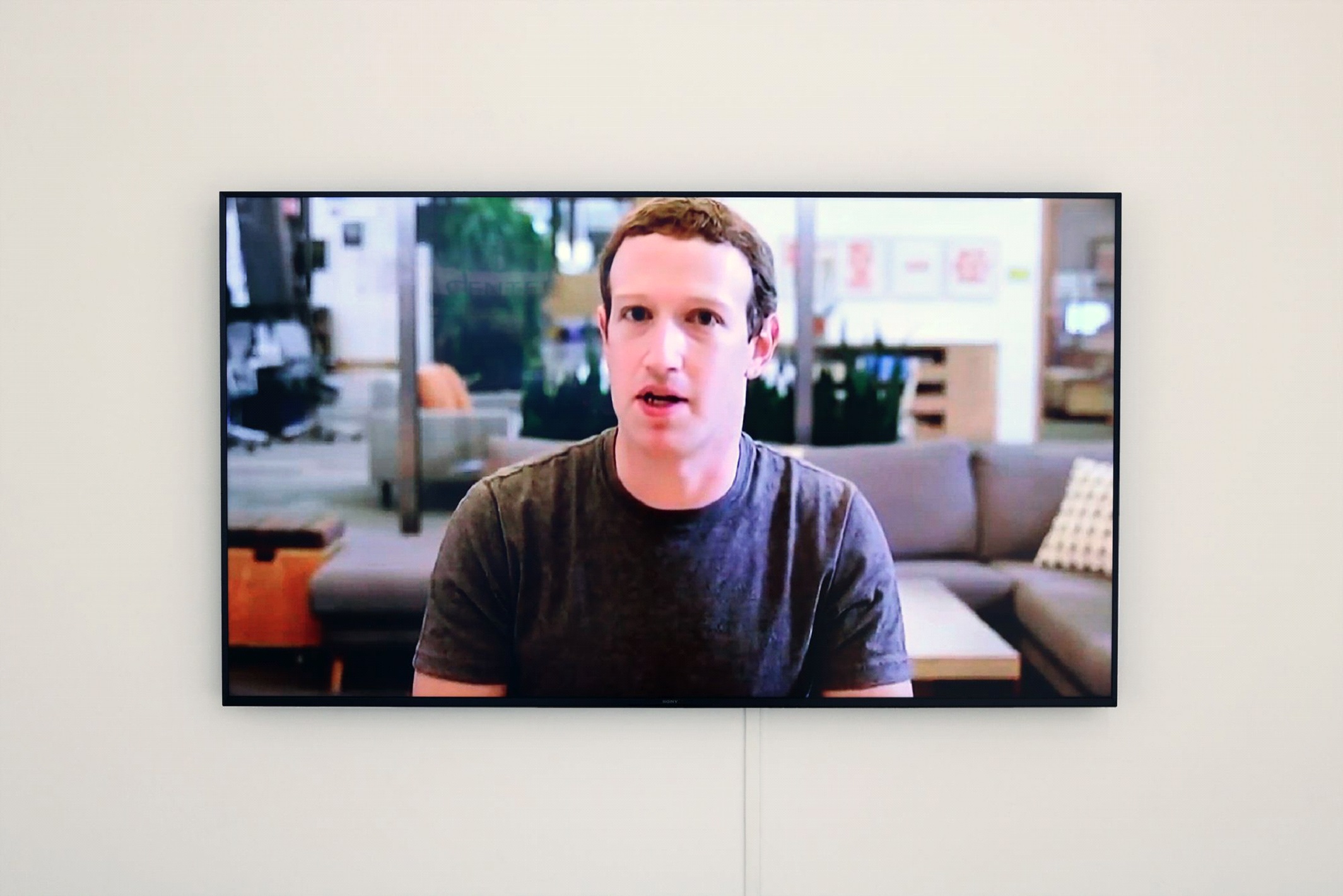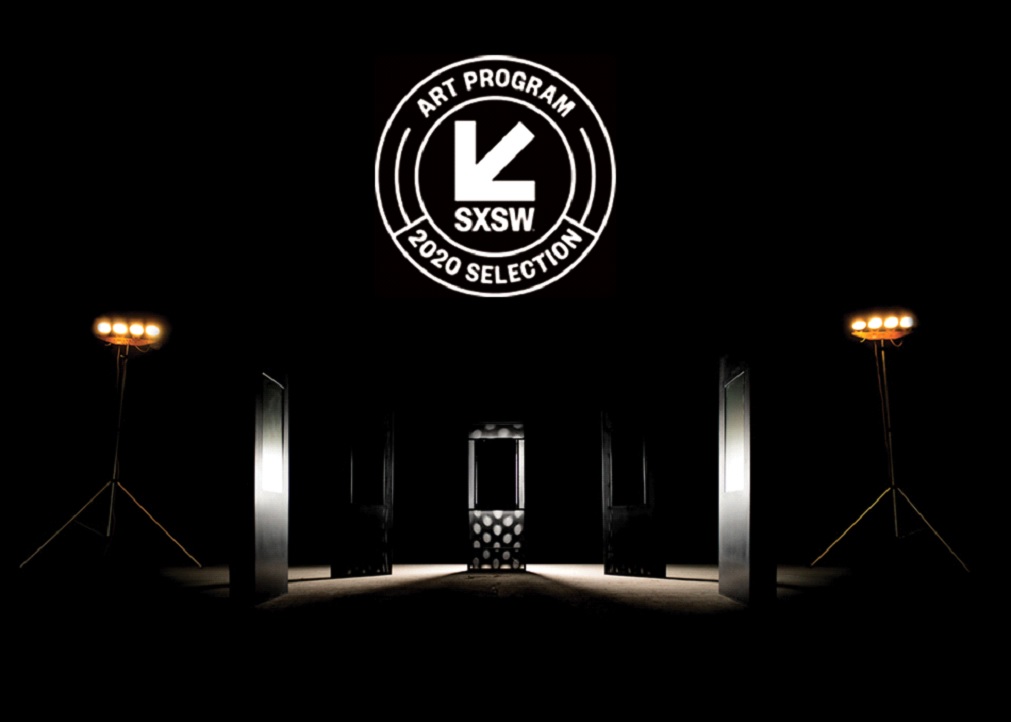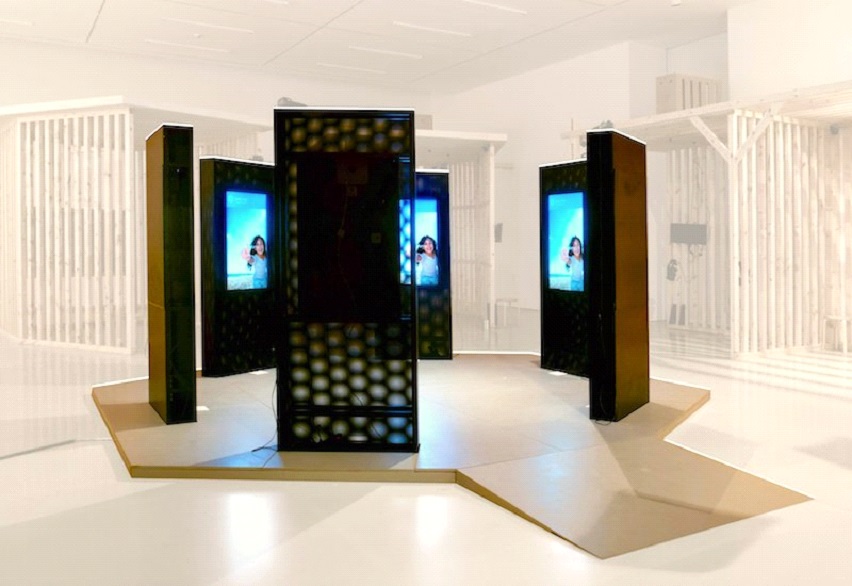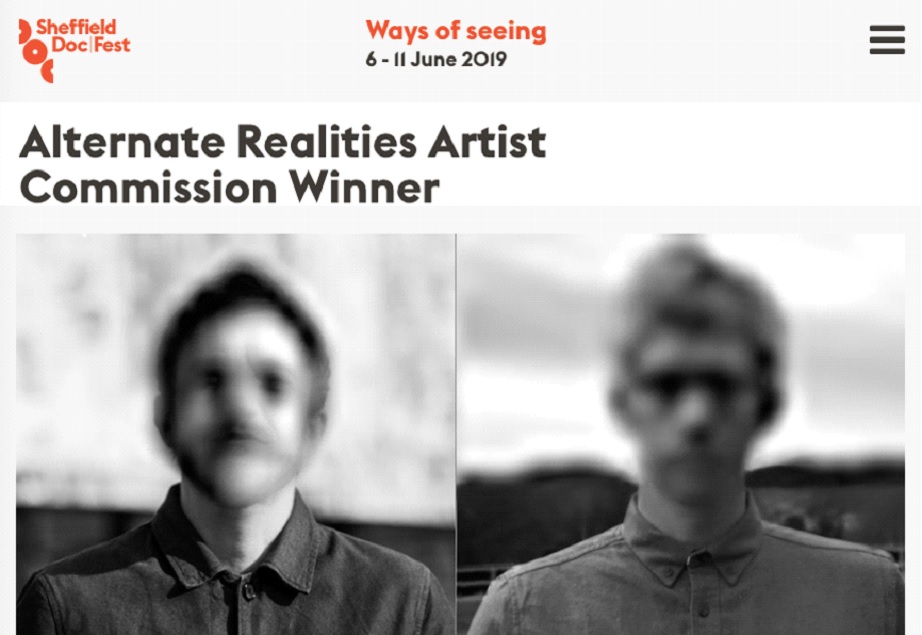This project explores how the human brain and body respond to Augmented Reality experiences and how these findings can be used to develop novel medical therapies.
An investigation of the potential of using Augmented Reality (AR)-based narratives to treat PTSD.
More details: https://augmentedmaterialitylab.org/2021/08/31/ar-therapies-for-ptsd/
Combining Tibetan Buddhist meditation practices and virtual reality technology (with neurofeedback) as a therapeutic intervention in palliative care.
Radiant Soma emphasizes the ephemeral nature of dance by reinterpreting mocap data as living trails of laser light trapped on the surface of phosphorescent rocks.
More details: https://augmentedmaterialitylab.org/2021/11/22/soma/
In June 2018, Chinese Scientists were able to 3D print ceramics in microgravity using lunar dust, thereby continuing 10,000 year tradition of exploration in the use of new materials, novel craftsmanship methods and technological innovation in the development of Chinese Ceramics.
In contrast in the field of conservation and preservation of cultural artefacts, 3D printing is used not to innovate but to replicate either part of damaged artefacts or entire pieces constructed from 3D scans of the originals. The resulting surrogates are often criticized for their inauthenticity. If used only as a replicating technology, 3D printing currently seems to be unable to transfer essential aspects of the craft and material ontology of cultural artefacts such as tool marks, material haptics and the patina of objects which together create the so-called “aura” of cultural objects made by hand.
This research project started with ceramic glazings and their translation into new surfaces
for 3D printing. Now, supported with a second GRF grant, and in collaboration with The Hong Kong University Museum and Art Gallery (UMAG), we continue to investigate transfer methods for Chinese Ceramics. We combine scientific, historical, cultural and technical research to create authenticity in 3D printing that contributes both to the development of digital craftsmanship, to cultural heritage, and to museum collection development and management.
This extended research articulates new forms and material expressions for 3D printing based on the
analysis and adaptation of traditional ceramic production procedures. It includes the modification of the toolpath for 3D printers, new transfer methods from 3D scanned traditional crafted ceramic artefacts to 3D objects, and the development of specific production methods for their 3D printing. This will allow the creation of a transfer of the traditional craft into new ceramics, based on 3D scans of selected artefacts within UMAG’s study collection and lead to a hybridization of the traditional qualities historic artefacts through 3D scanning, and ultimately establish a novel form of museum collection.
Grants
GRF: Science + Technology + Arts (STArts) Digital Craftsmanship in Art and Design - Chinese Ceramics (9043267) $217,889
GRF: New Media Ceramics – Analysis and Methodical Transfer of Craftsmanship Techniques from Chinese Ceramic Painting to the Development of New Glazing for 3D Printed Substrates (9042734) $329,890

3D UV activated surface of FDM printed single curved geometry via custom made CNC 3 axis laser application with a precision of 0.05 mm articulating brush strokes used in Chinese ceramic glazes.

3D UV activated surface of FDM printed double curved geometry via custom made CNC 3 axis laser application.

The Tang Dynasty Tomb Figures transitioning Chinese Ceramics into critical design (Inventory Number: HKU.C.1953.0038), Student example of the first collaboration with UMAG

Glass Entanglement VII, Exhibited at the Solo Museum exhibition, Metamorphosis or Confrontation, University Museum and Art Gallery 20th May - 20th November 2020. The work is placed on a lacquer carved table from the museum collection, articulating a digital craftsmanship genealogy bridging 300 years - highlighting the relation between traditional and contemporary methods in craft.
Exhibitions
Metamorphosis or Confrontation
Curators: Klein, T., Knothe, F. & Kraemer, H., Retrospective Solo Exhibition of the works of Tobias Klein at the University Museum and Art Gallery (UMAG), Hong Kong, 20th May - 6th Dec. 2020
Identities & Fractures
Curators: Klein, T. & Kraemer, H., Solo Exhibition at the Goethe-Institut Hong Kong, Hong Kong, 12th Dec. 2019 - 25th Jan. 2020
Through the Looking-Glass
Exhibition at PRS Asia 2019, examination of the PhD, Osage Gallery, Hong Kong, 20 – 25 September 2019
Conferences
ISEA 2018, ISEA 2019
SIGGRAPH 2018, SIGGRAPH 2020, SIGGRAPH 2021
Hidden Networks is a large-scale eight-channel video installation that applies machine learning techniques to the analysis of the moving image. A system of deep neural networks analyzes the optical flow in a dataset of silent films directed by Louis Feuillade and identifies scenes with similar motions: scenes in which the figures move in the same direction, with the same speed, or with the same rhythm. The work was selected by a jury convened by the government of the Canary Islands for presentation at the El Tanque Cultural Centre in Tenerife.
A video documentation of the installation can be found at https://vimeo.com/581860190
The following website introduces the concept of the work:
http://concept-script.com/hidden_networks/index.html#
Image gallery
3D model used in the production of the work, these images are the actual installation in the El Tanque Cultural Centre.
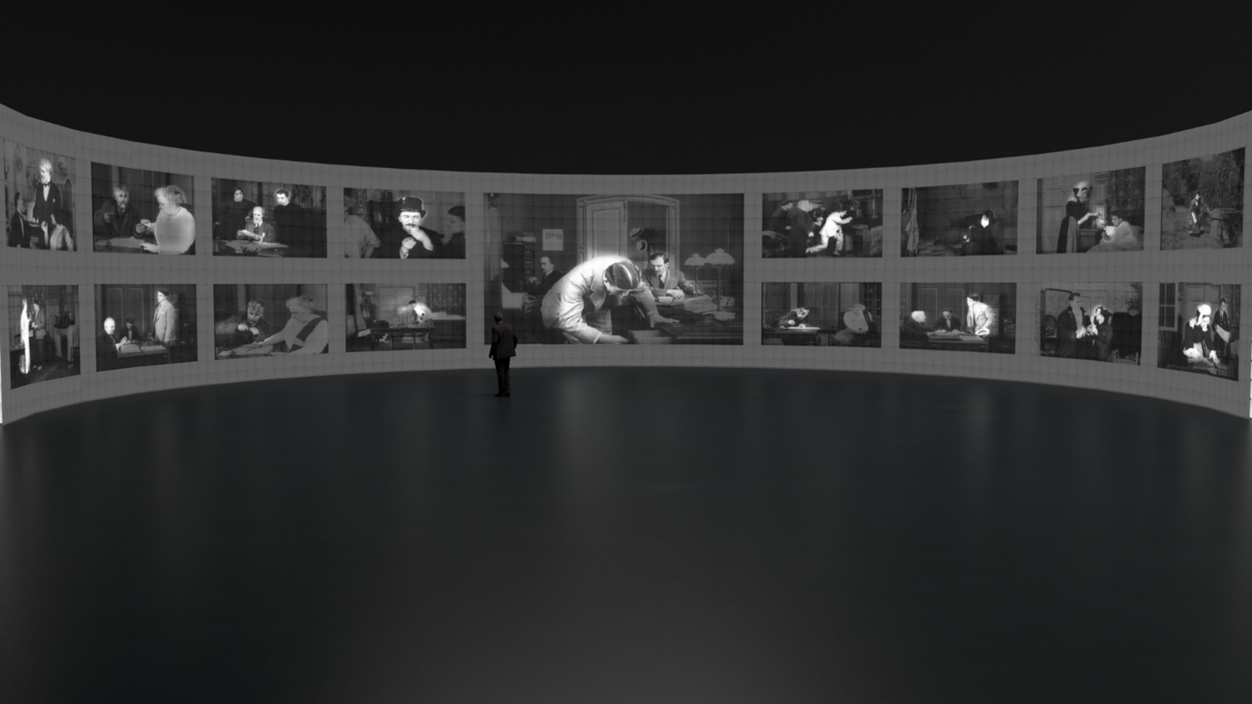
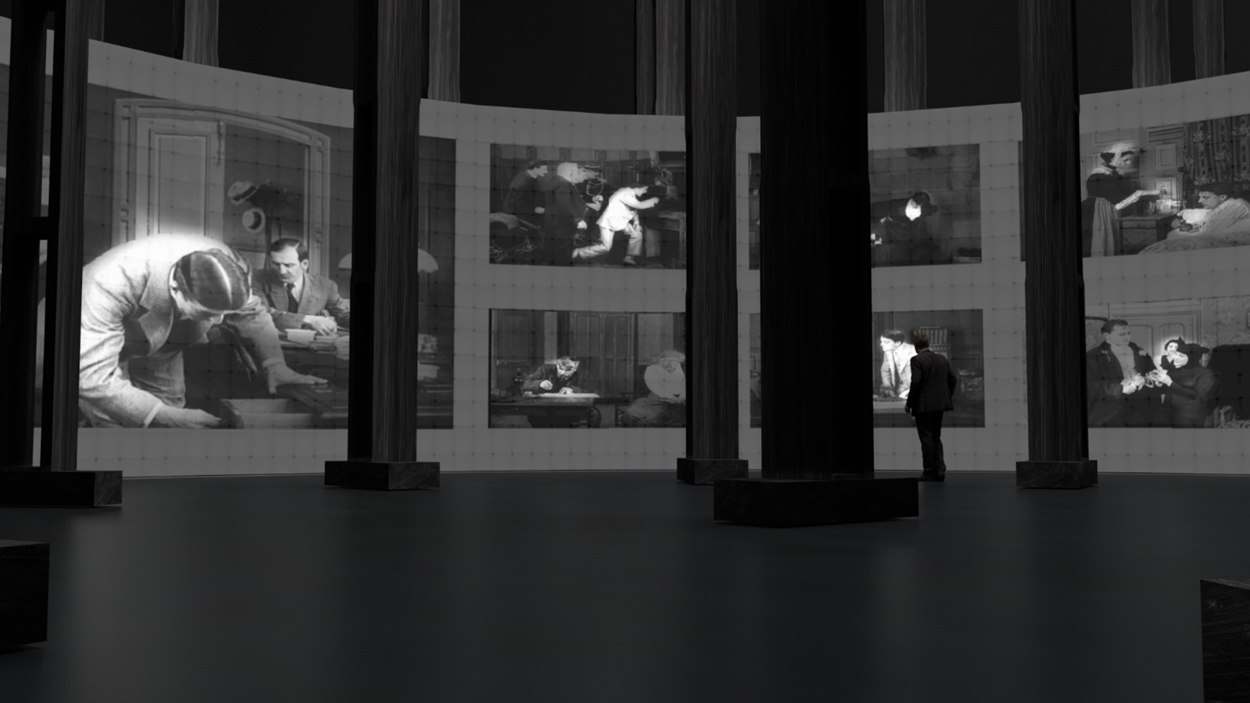
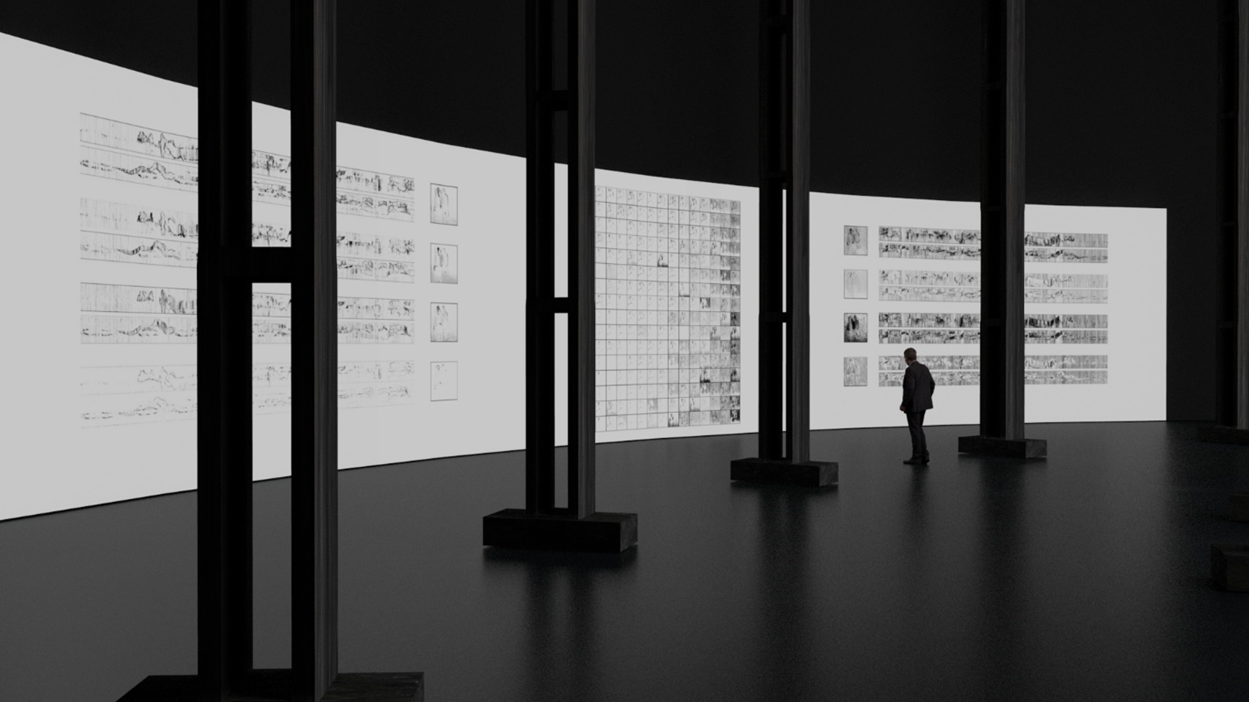
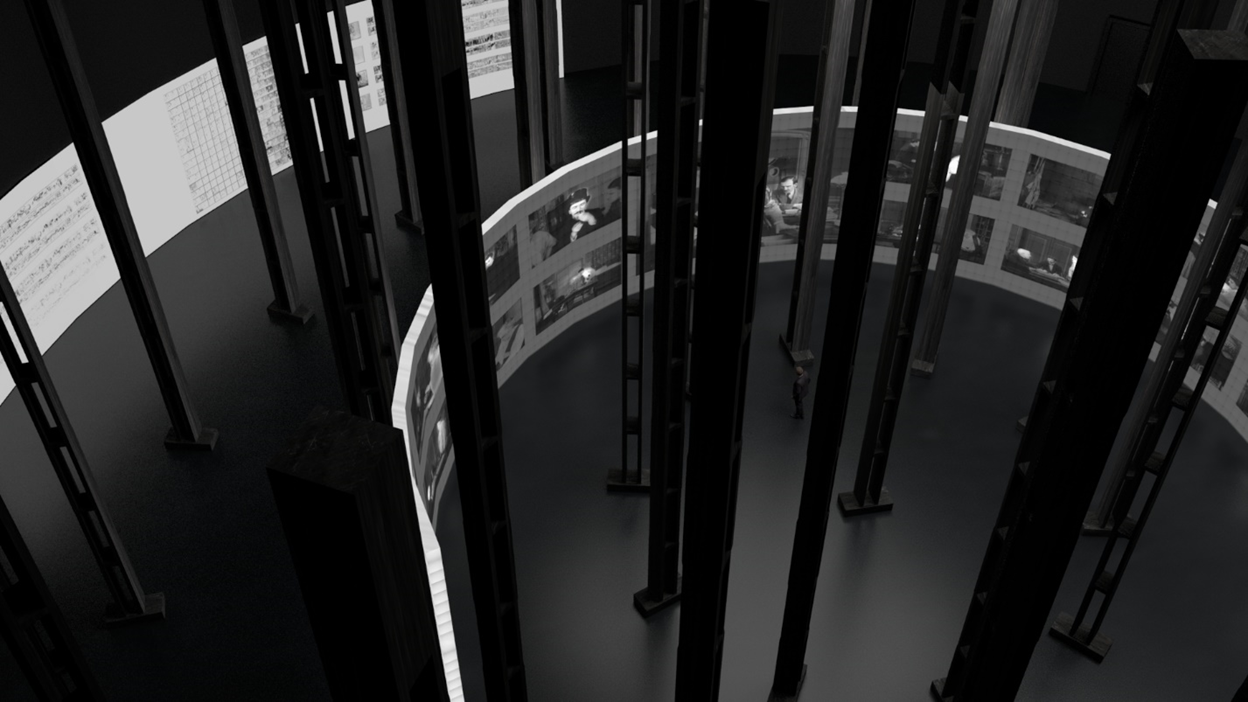
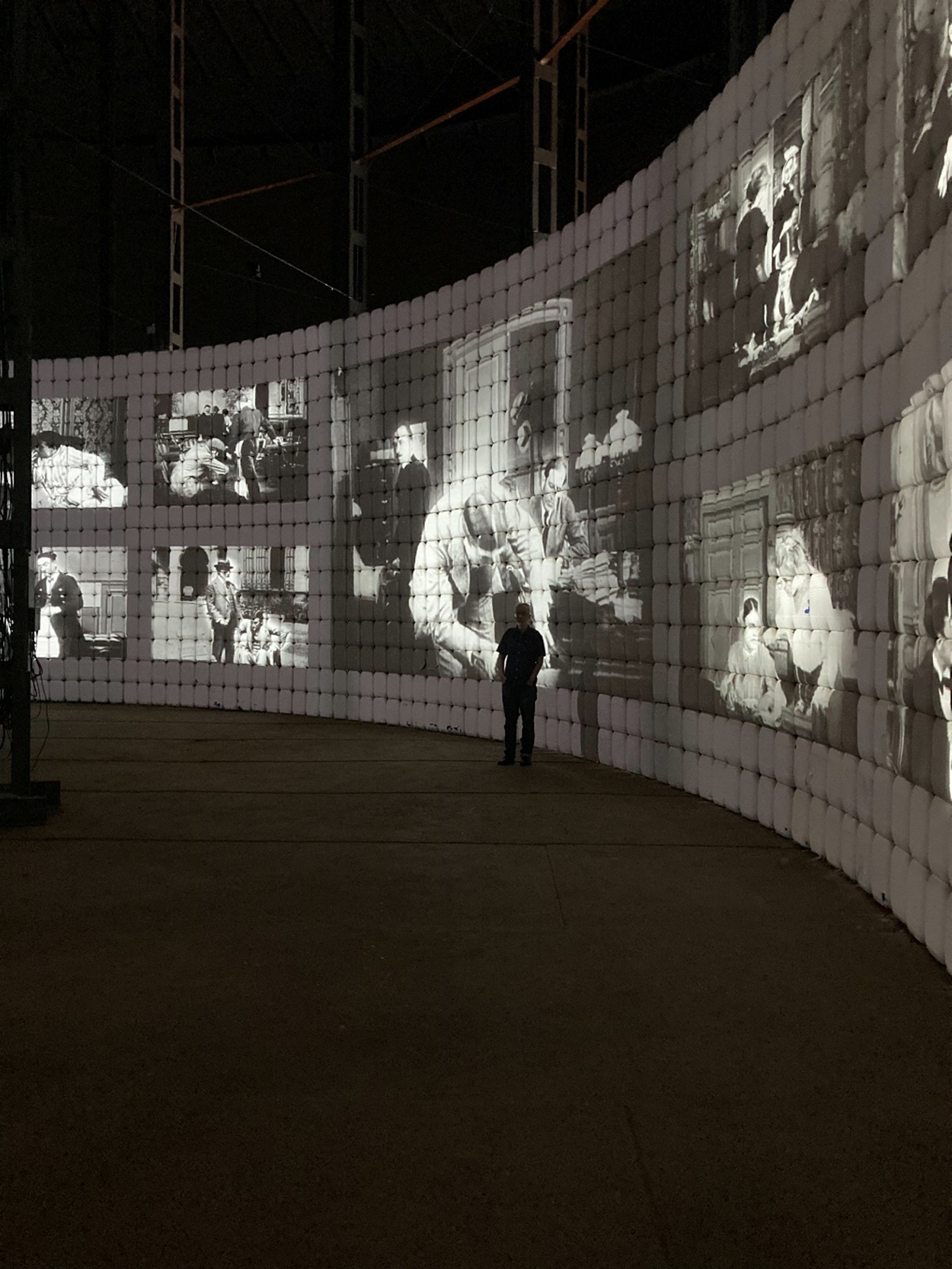
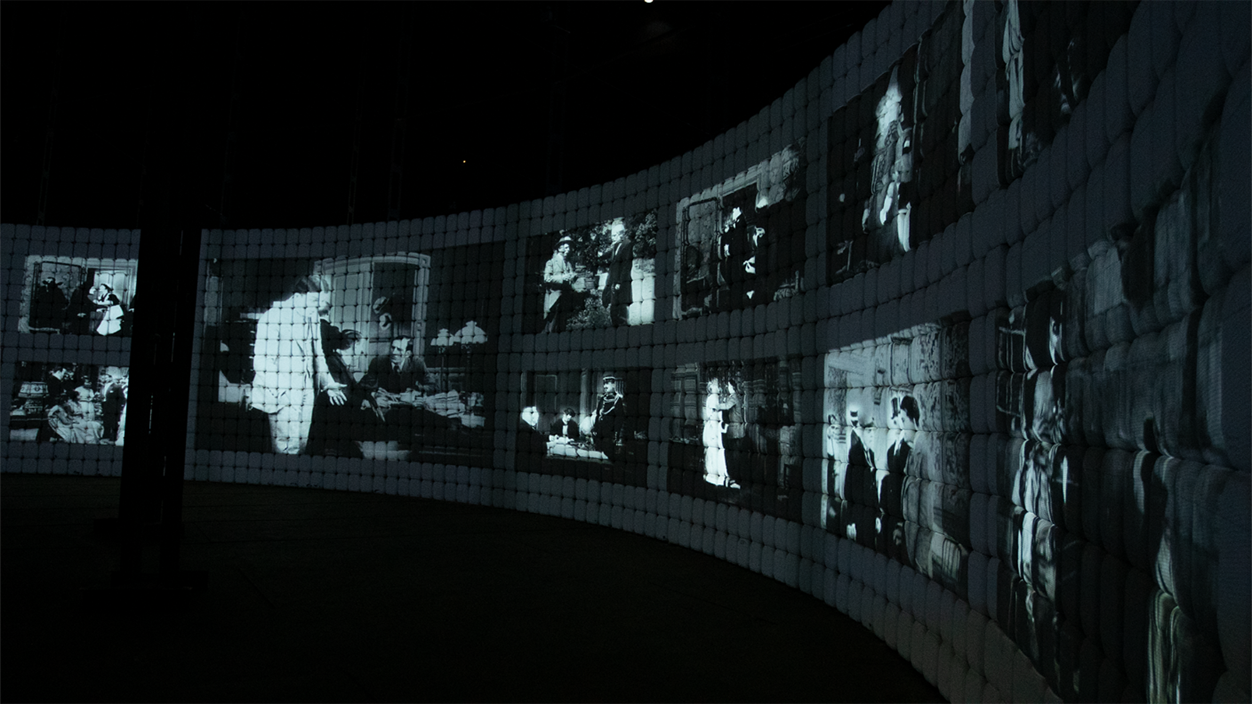
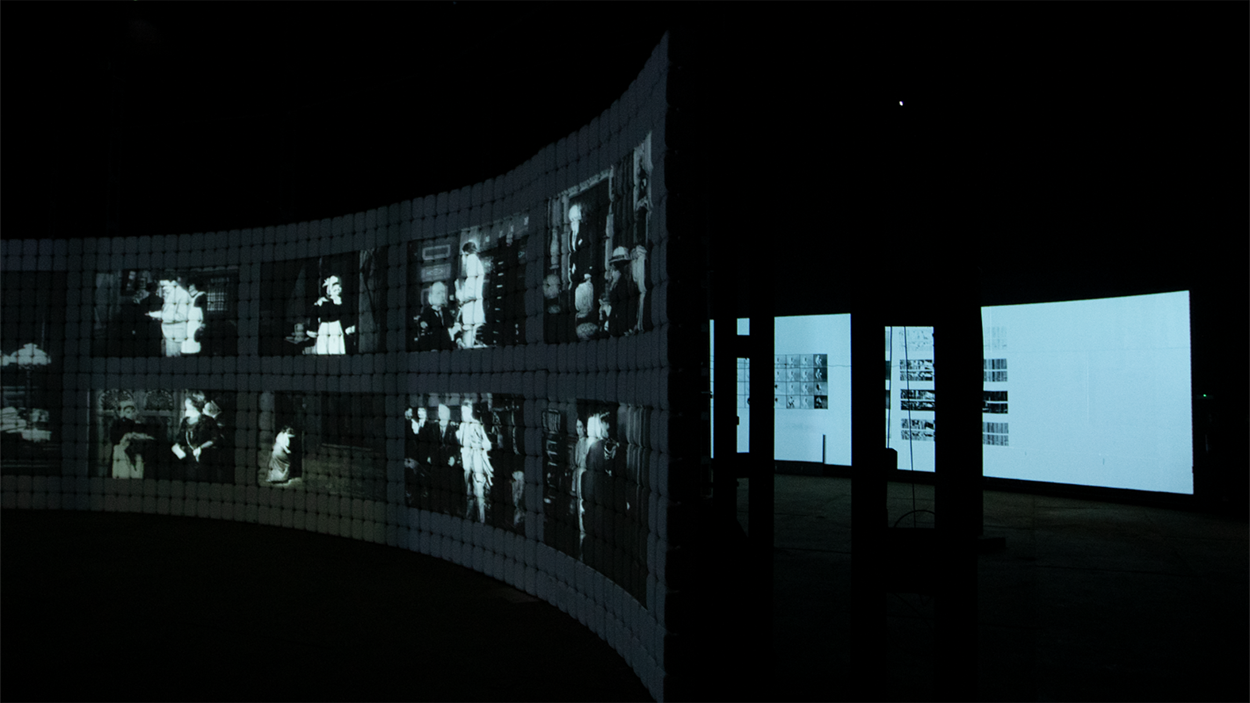
Recent Exhibition
Héctor Rodríguez, Hidden Networks (solo exhibition), El Tanque Cultural Center (Tenerife, Spain), 3 July, 2021.
For more information about the exhibition, please visit
http://www.gobiernodecanarias.org/cultura/eltanque/eventos/RedesOcultas
This video uses deep learning and archetypal analysis methods to analyze and visualize the rhythmic flow of Maya Deren's 1948 film Meditation on Violence, made in collaboration with Chinese martial artist Chao-Li Chi (Ji Chaoli).
Shown at: Conference on Computer Vision and Pattern Recognition (CVPR) 2021: Computer Vision Art Gallery, 19 June 2021
https://computervisionart.com/pieces2021/deep-archetypes/
A project about the automatic analysis and visualization of motion in the cinema. A newly designed machine learning algorithm decomposes the movement in every sequence of a movie into a set of elementary motions. These elementary motions are then recombined to produce a reconstruction of the visible movement in the sequence. The analysis and reconstruction are displayed as a two-channel video installation. The visualization of the movement uses a variant of the streakline method often employed in fluid dynamics.
Shown at: Neural Information Processing Systems NEURLPS, December 9, 2020.
http://www.aiartonline.com/highlights-2020/hector-rodriguez-3/
Big Dada (Daniel Howe) features AI-generated 'deep-fake' character studies of Marcel Duchamp, Marina Abramović, Mark Zuckerberg, Kim Kardashian, Morgan Freeman and Freddy Mercury. Big Dada was released on social media in June 2019 and quickly went viral, leading to global press coverage and confused responses from Facebook and Instagram regarding their policies on computational propaganda.
Spectre (Daniel Howe) Spectre is an AI-driven interactive installation that reveals the secrets of the digital influence industry as users pray to Dataism and the Gods of Silicon Valley. With the help of 'deep-fake' celebrities, created via machine learning, including Mark Zuckerberg, Marcel Duchamp, Marina Abramović, and Freddie Mercury, Spectre tells a cautionary tale of technology, democracy and society, curated by algorithms and powered by visitors' data. Winner of the 2019 Alternate Realities Commission.
